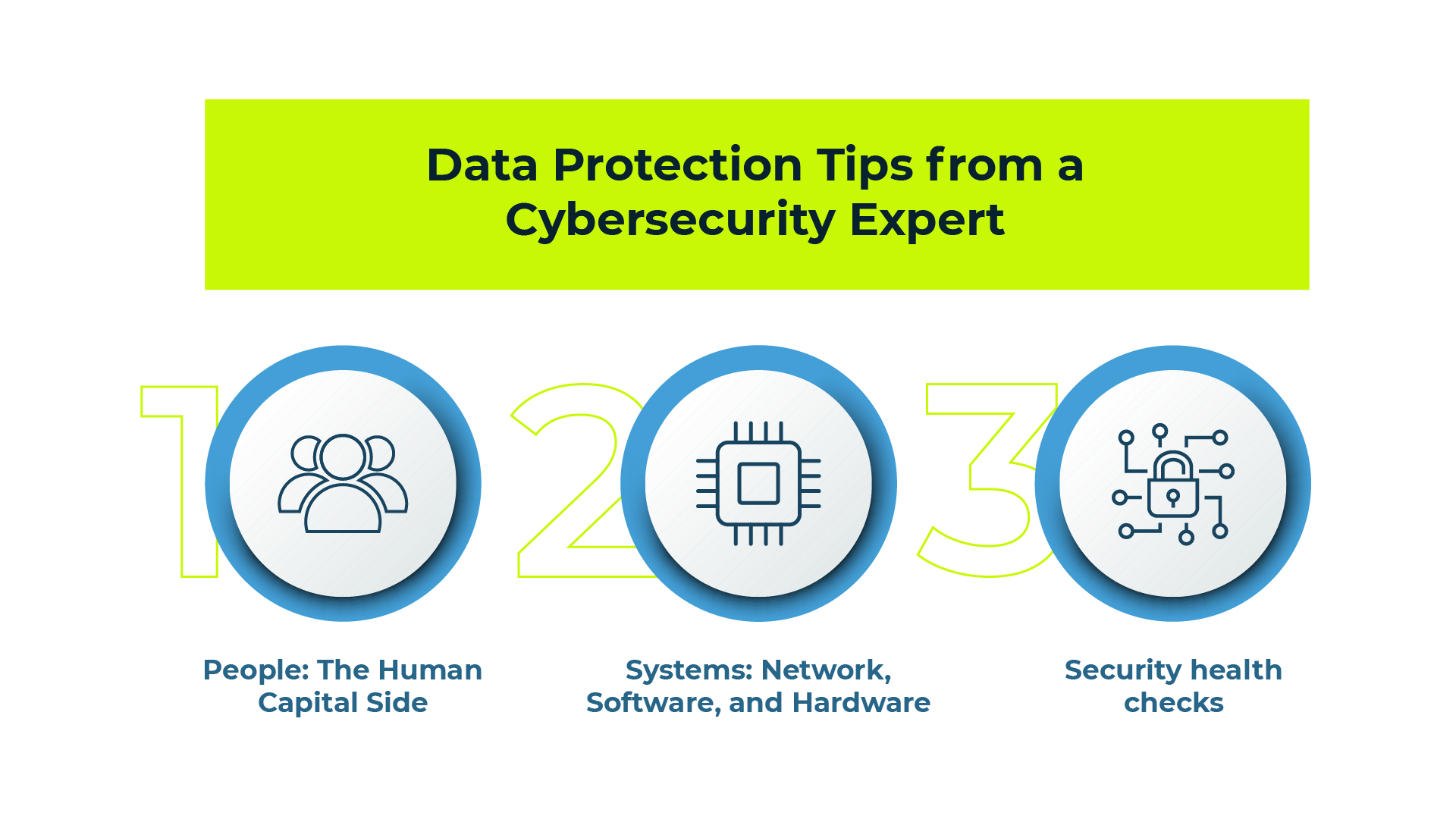How Fiber Network Security Solutions Ensure Maximum Protection for Your Communications
How Fiber Network Security Solutions Ensure Maximum Protection for Your Communications
Blog Article
Just How Information and Network Safety And Security Secures Versus Arising Cyber Hazards
In a period marked by the quick advancement of cyber hazards, the relevance of information and network safety has actually never ever been much more pronounced. As these threats come to be extra complicated, recognizing the interplay in between data safety and security and network defenses is necessary for mitigating dangers.
Understanding Cyber Threats

The ever-evolving nature of technology constantly presents new vulnerabilities, making it important for stakeholders to stay alert. Individuals may unknowingly come down with social design strategies, where assaulters control them into revealing sensitive details. Organizations face special challenges, as cybercriminals frequently target them to manipulate valuable information or disrupt procedures.
Moreover, the rise of the Net of Points (IoT) has increased the strike surface area, as interconnected devices can offer as entry points for enemies. Acknowledging the value of robust cybersecurity methods is crucial for alleviating these dangers. By fostering an extensive understanding of cyber risks, organizations and individuals can apply reliable strategies to guard their electronic properties, making certain strength in the face of an increasingly complicated hazard landscape.
Secret Elements of Information Protection
Ensuring information safety needs a complex method that encompasses numerous vital parts. One basic element is information encryption, which transforms sensitive details into an unreadable style, easily accessible only to authorized individuals with the ideal decryption tricks. This works as an essential line of defense against unapproved access.
One more vital element is accessibility control, which controls who can see or adjust data. By applying rigorous individual verification methods and role-based gain access to controls, organizations can minimize the danger of insider threats and data breaches.

In addition, information covering up techniques can be employed to shield delicate details while still enabling for its usage in non-production atmospheres, such as screening and growth. fft perimeter intrusion solutions.
Network Security Approaches
Applying robust network safety and security techniques is vital for guarding an organization's digital infrastructure. These approaches entail a multi-layered method that consists of both equipment and software application services designed to shield the integrity, discretion, and schedule of information.
One important component of network protection is the deployment of firewall softwares, which function as a barrier between trusted interior networks and untrusted exterior networks. Firewall programs can be hardware-based, software-based, or a combination of both, and they assist filter inbound and outward bound traffic based upon predefined safety and security regulations.
Furthermore, invasion discovery and prevention systems (IDPS) play an important function in keeping an eye on network traffic for suspicious tasks. These systems can alert administrators to prospective violations and act to alleviate threats in real-time. Routinely covering and updating software is additionally essential, as susceptabilities can be made use of by cybercriminals.
Moreover, applying Virtual Private Networks (VPNs) guarantees protected remote access, encrypting data transferred over public networks. Segmenting networks can lower the attack surface area and consist of potential breaches, restricting their influence on the total framework. By adopting these strategies, organizations can properly fortify their networks versus arising cyber threats.
Best Practices for Organizations
Developing best practices for companies is crucial in preserving a solid security position. A thorough strategy to information and network safety and security starts with normal threat evaluations to identify vulnerabilities and potential dangers.
Additionally, continuous employee training and recognition programs are vital. Employees should be informed on identifying phishing efforts, social engineering strategies, and the significance of adhering to security procedures. Routine updates and patch administration for software program and systems are likewise essential to secure versus understood susceptabilities.
Organizations have to test and establish event action plans to make sure preparedness for possible breaches. This includes establishing clear communication networks and duties during a security case. Information file encryption must be employed both at remainder and in transportation to protect sensitive info.
Finally, carrying out regular audits and compliance checks will aid ensure adherence to well established plans and pertinent regulations - fft perimeter intrusion solutions. By complying with these best methods, companies can dramatically boost their strength versus arising cyber threats and protect their vital possessions
Future Trends in Cybersecurity
As organizations navigate a significantly intricate electronic landscape, the future of cybersecurity is poised to develop substantially, driven by emerging innovations and changing risk paradigms. One noticeable fad is the assimilation of expert system (AI) and artificial intelligence (ML) into safety frameworks, permitting for real-time danger discovery and feedback automation. These innovations can evaluate substantial quantities of data to recognize anomalies and prospective violations more effectively than traditional approaches.
One more crucial pattern is the increase of zero-trust style, which needs constant confirmation of individual identifications and device protection, despite their place. This approach lessens the threat of expert risks and enhances defense fft pipeline protection against outside strikes.
Additionally, the raising adoption of cloud solutions necessitates durable cloud security methods that attend to one-of-a-kind susceptabilities connected with cloud atmospheres. As remote job comes to be a long-term component, protecting endpoints will likewise end up being critical, leading to a raised concentrate on endpoint discovery and action (EDR) options.
Last but not least, regulatory conformity will continue to shape cybersecurity techniques, pushing companies to take on much more rigid information security measures. Welcoming these patterns will be important for companies to fortify their defenses and browse the evolving landscape of cyber hazards successfully.
Verdict
In final thought, the application of robust data and network protection actions is necessary for companies to secure against arising cyber risks. By using file encryption, accessibility control, and efficient network safety techniques, organizations can significantly reduce vulnerabilities and safeguard delicate information.
In an era marked by the quick development of cyber dangers, the importance of data and network security has actually never ever been extra noticable. As these dangers become more complicated, recognizing the interaction between data protection and network defenses is necessary for alleviating dangers. Cyber risks incorporate a broad range of destructive tasks intended at endangering the confidentiality, stability, and availability of information and networks. A comprehensive approach to data and network security starts with regular risk evaluations to recognize susceptabilities and possible hazards.In conclusion, the implementation of durable information and network security actions is important for organizations to protect versus arising cyber hazards.
Report this page